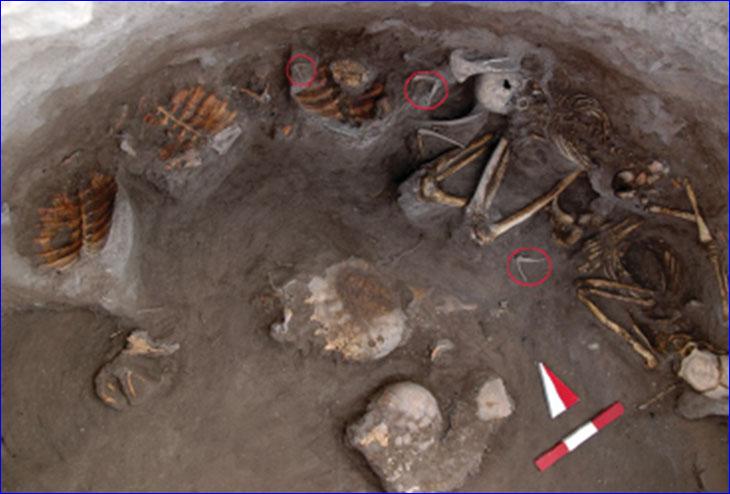


The burial is part of an Assyrian site called Kavusan Hoyuk that dates to between 700 and 300 B.C. The turtle bonanza included shells from one spur-thighed tortoise (Testudo graeca) and three Middle Eastern terrapins (Mauremys caspica), plus bones from 17 Euphrates soft-shelled turtles (Rafetus euphraticus). Butchering marks on the R. euphraticus bones indicate that the turtles may have been eaten in a funerary feast, Berthon and his colleagues write.
Back then, turtles were a regular menu item in many parts of Mesopotamia. Turtle bones also were thought to ward off evil. The abundance of R. euphraticus turtles, a notoriously aggressive species, in this burial pit suggests the deceased had high social status.
To ancient Assyrians, these ferocious reptiles probably represented eternal life and served as psychopomps -- mythical guides to the afterlife, the team writes.

or register to post a comment.